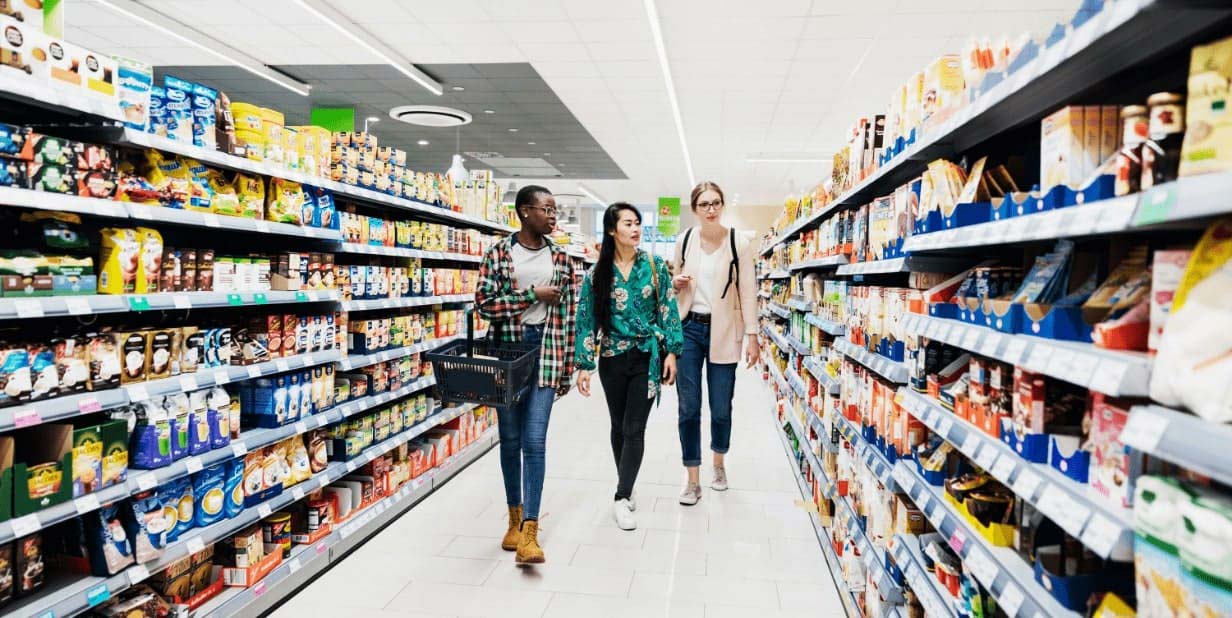

The client wanted a solution that could provide automated recommendations for store replenishment for their products in retail stores across the US. A major cost reduction in the supply chain was achievable by eliminating the role of sales representatives in manually placing replenishment orders for each store.
We addressed the client’s challenge through a four-step process –

The automated replenishment system accurately captured upwards of 20% greater opportunity as compared to the manual replenishment process

Our solution enabled the client’s distributors to reduce cost of distribution by eliminating a significant portion of weekly man-hours while providing accurate truck-loading recommendations

The client could improve on-shelf availability of products by systematically capturing a greater portion of the opportunity for replenishment. The improvements were nearly 8%